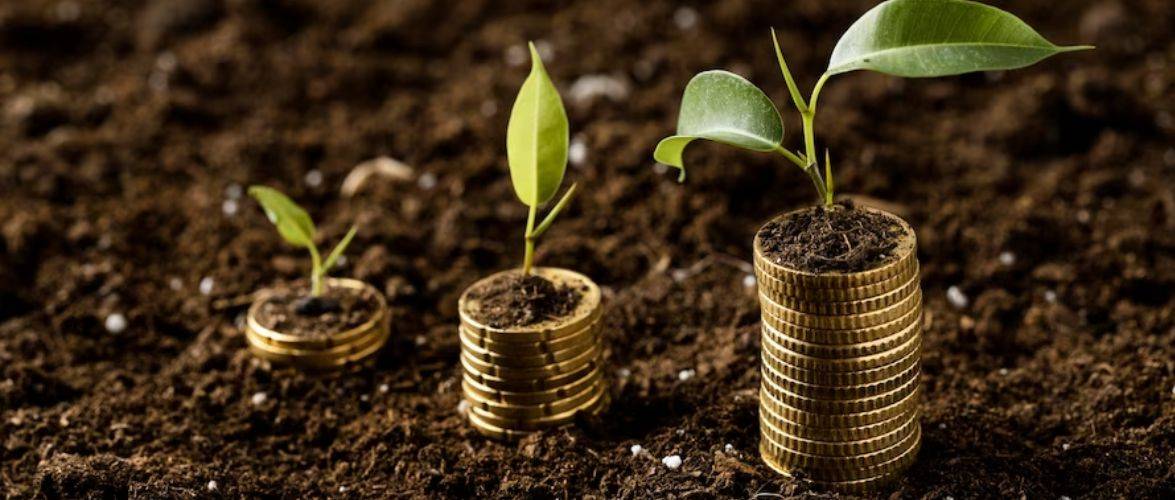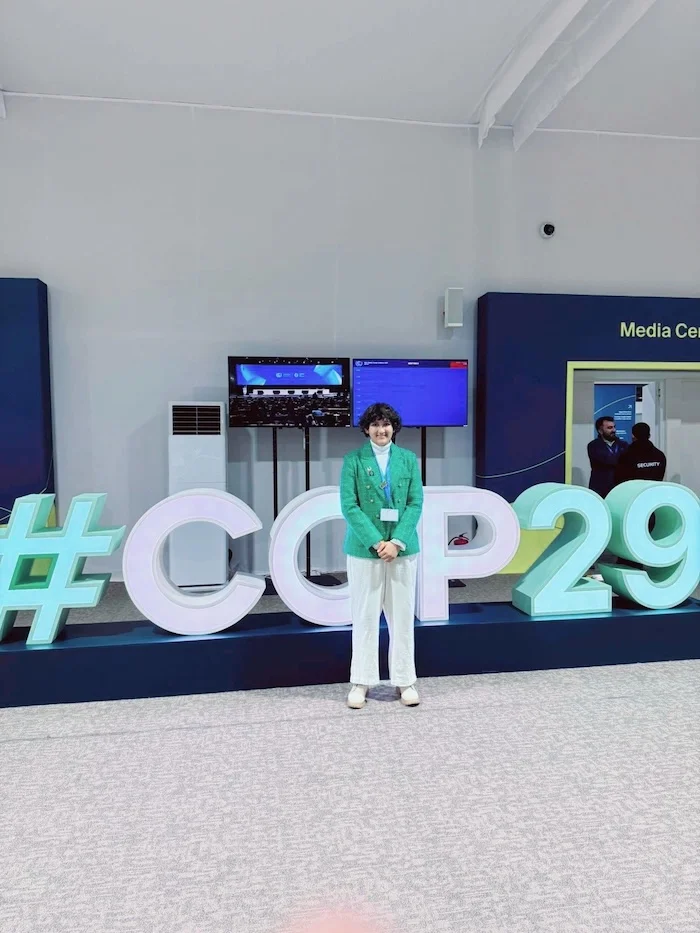5 Things to Know about the Green Credit Scheme under Mission LiFE
Overview
- Heard of Mission LiFe? Mission LiFe is a unique initiative undertaken by the Indian Government to rally a mass movement towards an environmentally conscious lifestyle.
- As a part of this mission, the govt. has launched the Green Credit Scheme to encourage voluntary pro-environment actions.
- So how will this work? Individuals, farmers, panchayats and others will get to green credits by performing pro-environment acts.
- So what are these pro-environment acts? The Green Credit scheme would be implemented phase-wise and inorder to debut the programme 8 sectors have been selected including Tree plantation-based green credit, water based green credit, waste management green credit and more.
- The best part! These green credits will have monetory value attached to them and they can be traded on a managed trading platform.
- Word of Caution! Just like you can credit credits for pro-environment acts, you will also be penalized for acts that are detrimental to the environment.
- Want to be a part of this programme? Take action today by joining us for tree plantation, waste management and more.
Before jumping into discussing the Green Credit Scheme under Mission LiFE, let us take a moment to understand what Mission LiFE is and what is the purpose behind it. At the 2021 United Nations Climate Change Conference, our honourable Prime Minister Sri Narendra Modi declared the meaning of Mission LiFE. He says “This word is LiFE, which means ‘LiFEStyle For Environment’. Today, there is a need for all of us to come together and take LiFEStyle For Environment forward as a campaign. This can become a mass movement towards an environmentally conscious lifestyle.”
There’s no running away from the fact that we’re living an extremely unsustainable lifestyle currently, one that is depleting our resources at an unprecedented speed. To put things in perspective, according to UN, an estimated 17 per cent of total food available to consumers goes to waste and food that ends up in landfills generates 8 to 10 per cent of global greenhouse gas emissions.
LiFE is all about living a sustainable lifestyle and creating a circular economy. The campaign encourages people to align their lives with the well-being of the Earth, prioritizing sustainability and climate action. This program encompasses vital aspects like air quality, waste management, forest conservation, ecosystem services, and water accessibility. The goal is to foster a sustainable way of living that aligns with conservation and moderation.
A step in the right direction: Introducing Green Credit Scheme under Mission LiFE
The horrors of climate change and environmental decay are not unknown to any of us. However, more often than not, a lot of us need some kind of motivation to contribute to the cause of our environment and this extra push is what the green credit scheme provides.
Encouraging voluntary pro-environment action: In order to attain certain environmental actions, the government has to often enforce certain rules that are mandatory to obey. This includes banning of single-use plastics, not allowing old vehicles to run and more. However, the green credit scheme is meant to incentivize voluntary environmental actions by individuals, farmers, and panchayats among others. The incentive is essentially the green credits which can be earned by performing these pro-environment activities.
Phase-wise implementation of the programme: The draft says that initially, 2-3 activities from the eight sectors are being considered for debuting the programme. More activities will be added from the selected sectors subsequently. These 8 sectors include:
- Tree plantation-based green credit: This type of credit is for activities that increase the green cover across the country, like planting trees and other related activities.
- Water-based green credit: This type of credit is for activities that conserve water, harvest water, and improve water use efficiency/savings, including treating and reusing wastewater.
- Sustainable agriculture-based green credit: This type of credit is for activities that promote natural and regenerative agricultural practices and land restoration to improve productivity, soil health, and nutritional value of food produced.
- Waste management-based green credit: This type of credit is for activities that promote sustainable and improved practices for waste management, including collection, segregation, and treatment.
- Air pollution reduction-based green credit: This type of credit is for activities that reduce air pollution and other pollution abatement activities.
- Mangrove conservation and restoration-based green credit: This type of credit is for activities that conserve and restore mangroves.
- Ecomark-based green credit: This type of credit is for manufacturers who obtain an ‘Ecomark’ label for their goods and services.
- Sustainable building and infrastructure-based green credit: This type of credit is for the construction of buildings and other infrastructure using sustainable technologies and materials.
You can Sell Green Credits to earn money: If an individual or any stakeholder performs any of the aforementioned pro-environment acts, they can earn credit which in turn can be sold on a specially designed trading platform. Each green credit will have a monetary value assigned and thresholds and benchmarks will be developed for each green credit activity. The green credits administrator will be responsible for issuing the guidelines for establishing and operating the trading platform. These guidelines will need to be approved by a steering committee before they can be implemented.
There’s a Downside too: Just like doing pro-environment deeds can earn you green credits, performing activities that are detrimental to the environment can cost you environmental compensation fee. The compensation will be collected by a green credit administrator and deposited in a separate account. This fund will then be used for taking measures for the market and better implementation of the scheme.
Who can buy the green credits? The green credits can be bought by environmentally conscious companies and industries wanting to avail loans at a cheaper rate of interest for undertaking environment-friendly interventions.
Road to a better future
The green credit programme, along with the other initiatives taken by Mission LiFE are incremental yet crucial steps towards building a better world for our future generations. We need to realise that the earth’s resources are limited, and our unsustainable lifestyles are contributing to its rapid decline. However, it’s still not too late to turn things around. Even the smallest action can go a long way in reversing the environmental damage that we’ve caused.
The initiatives under Mission LifFE and the Green Credit Scheme can surely help amplify our efforts at The Green Pillar and Prasiddhi Forest Foundation (our impact partner). We are continuously working with students, farmers, local communities and government officials to maximize our efforts for spreading environmental awareness, offering climate education courses, organizing plantation drives, and growing a global tribe of climate-conscious people across the world. Join us to #HealOurEarth today! Remember together, we can heal the world, make it a better place, for you and us, and the entire human race.








